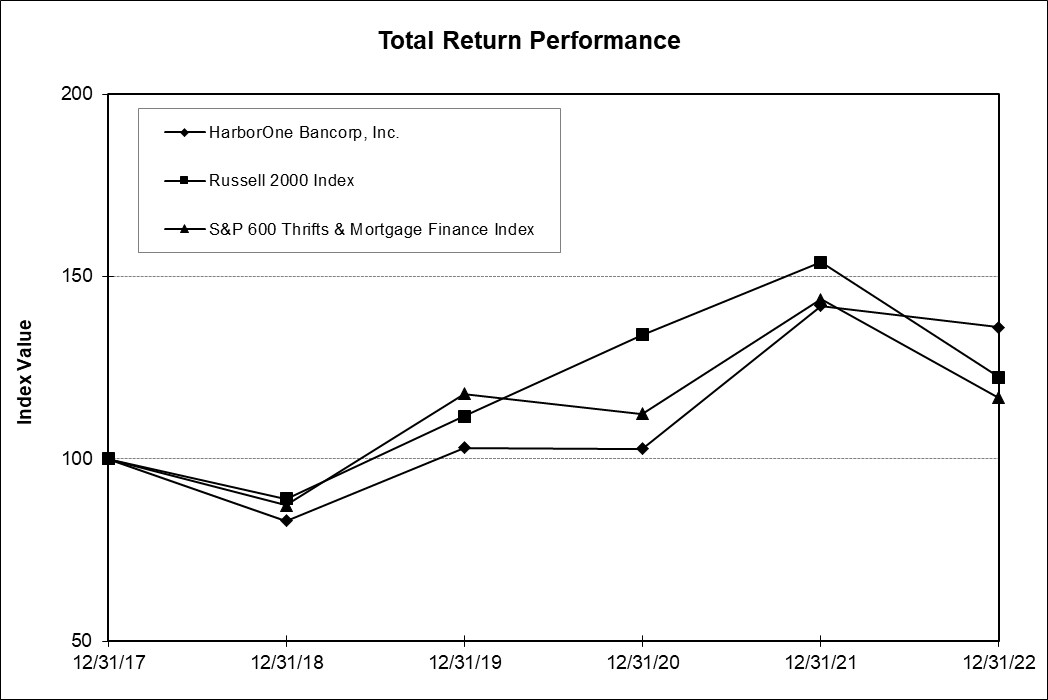Forward-Looking Statements
Certain statements contained in this Annual Report on Form 10-K that are not historical facts may be considered forward-looking statements within the meaning of Section 27A of the Securities Act of 1933, as amended, and Section 21E of the Securities Exchange Act of 1934, as amended (the “Exchange Act”) and are intended to be covered by the safe harbor provisions of the Private Securities Litigation Reform Act of 1995. These statements, which are based on certain current assumptions and describe our future plans, strategies and expectations, can generally be identified by the use of the words “may,” “will,” “should,” “could,” “would,” “potential,” “developments,” “strategic,” “launching,” “opportunities,” “plans,” “estimates,” “projects,” “believes,” “intends,” “anticipates,” “expects,” “targets” and similar expressions. These statements include, among others, statements regarding the impact of the COVID-19 pandemic; our strategy, goals and expectations; evaluations of future interest rate trends and liquidity; expectations as to growth in assets, deposits and results of operations, future operations, market position and financial position; and prospects, plans and objectives of management. You should not place undue reliance on our forward-looking statements. You should exercise caution in interpreting and relying on forward-looking statements because they are subject to significant risks, uncertainties and other factors which are, in some cases, beyond our control.
Forward-looking statements are based on the current assumptions and beliefs of management and are only expectations of future results. The Company’s actual results could differ materially from those projected in the forward-looking statements as a result of, among others, factors referenced under the section captioned “Risk Factors” at Part I, Item 1A of this Form 10-K; changes in general business and economic conditions (including inflation) on a national basis and in the local markets in which the Company operates, including changes that adversely affect borrowers’ ability to service and repay the Company’s loans, changes in customer behavior, ongoing turbulence in the capital and debt markets and the impact of such conditions on the Company’s business activities, changes in interest rates, increases in loan default and charge-off rates, changes related to the discontinuation and replacement of LIBOR, decreases in the value of securities in the Company’s investment portfolio, fluctuations in real estate values, the possibility that future credit losses may be higher than currently expected due to changes in economic assumptions, customer behavior or adverse economic developments, the adequacy of reserves for credit losses, decreases in deposit levels necessitating increased borrowing to fund loans and investments, competitive pressures from other financial institutions, acquisitions may not produce results at levels or within time frames originally anticipated, cybersecurity incidents, fraud, natural disasters, war, terrorism, civil unrest, the ongoing COVID-19 pandemic, and future pandemics, changes in regulation, changes in accounting standards and practices, the risk that goodwill and intangibles recorded in the Company’s financial statements will become impaired, demand for loans in the Company’s market area, the Company’s ability to attract and maintain deposits, risks related to the implementation of acquisitions, dispositions, and restructurings, the risk that the Company may not be successful in the implementation of its business strategy; and changes in assumptions used in making such forward-looking statements. Forward-looking statements speak only as of the date on which they are made. The Company does not undertake any obligation to update any forward-looking statement to reflect circumstances or events that occur after the date the forward-looking statements are made.
PART I
ITEM 1. BUSINESS
HarborOne Bancorp, Inc.
HarborOne Bancorp, Inc. (hereafter referred to as “we,” “our,” “us,” “HarborOne Bancorp” or the “Company”) is a Massachusetts corporation formed in 2016 as a bank holding company, headquartered in Brockton, Massachusetts. The Company owns all of the outstanding stock of HarborOne Bank (the “Bank”), a state-chartered trust company. At December 31, 2022, the Company had total assets of $5.36 billion, deposits of $4.19 billion and stockholders’ equity of $617.0 million on a consolidated basis.
The Consolidated Financial Statements included herein include the accounts of the Company, Legion Parkway Security Company, LLC, a security corporation and subsidiary of the Company formed on July 13, 2016, the Bank, and the Bank’s wholly-owned subsidiaries, including HarborOne Mortgage, LLC (“HarborOne Mortgage”). The Company has two charitable foundations, The HarborOne Foundation and The HarborOne Foundation of Rhode Island.
HarborOne Bancorp, Inc.’s corporate offices are located at 770 Oak Street, Brockton, Massachusetts 02301, and the telephone number is (508) 895-1000.




